What Are Grecian Windflowers – How To Grow Anemone Windflowers


Growing Grecian windflowers can add a pretty new perennial to your garden. This spring bulb is also known as Anemone blanda and comes in range of colors, providing low clumps of blooms that easily fit into a variety of garden types and climates.
What are Grecian Windflowers?
A. blanda, or Grecian windflower, is a colorful perennial spring bulb that produces pretty blooms with a shape and appearance similar to that of daisies. They are short, growing only to about 6 inches (15 cm.) at a maximum, and can act as a blooming spring groundcover. They can also be grown in clumps or in low rows to complement taller perennials. There are several varieties of Grecian windflower that produce different colors: deep blue, white, pale pink, magenta, lavender, mauve, and bicolor. The foliage is medium green and reminiscent of fern fronds. With good Grecian windflower care, you can expect to get a proliferation of blooms starting in early spring and lasting for a few weeks. These are often the first flowers to bloom after winter.
How to Grow Anemone Windflowers
You only need a little bit of Grecian windflower information to be able to grow these spring flowers. They don’t require a lot of effort and will thrive in the right setting and climate. Windflowers are native to the high mountains of Europe, but they have adapted well in many other areas and climates. They can grow throughout most of the U.S., covering zones 4 through 9. Your windflowers will grow well in full sun, but they also tolerate partial shade. They need to have well-drained soil and they prefer rich soil. When planting the bulbs, add compost if your soil is thin, and place them about 3 inches (8 cm.) deep and spaced 2 to 3 inches (5-8 cm.) from each other. Grecian windflower care is fairly simple once you get the bulbs in the ground. They will tolerate drought in the summer and self-sow. Expect them to spread out and fill in areas like a groundcover. The foliage will die down over the summer with no need to prune or remove any of it. A little mulch in the fall will help protect your bulbs over the winter. These beautiful flowers will provide a unique type of spring groundcover in the right conditions. Be aware, though, that Grecian windflowers are toxic. All parts of the plant can cause irritation and gastrointestinal distress, so consider this if you have pets or children in your garden.
Gardening tips, videos, info and more delivered right to your inbox!
Sign up for the Gardening Know How newsletter today and receive a free copy of our e-book "How to Grow Delicious Tomatoes".

Mary Ellen Ellis has been gardening for over 20 years. With degrees in Chemistry and Biology, Mary Ellen's specialties are flowers, native plants, and herbs.
-
 Looking For Plants To Give You The Soft And Fuzzies? Try These 5 Fuzzy Leaf Plant Options
Looking For Plants To Give You The Soft And Fuzzies? Try These 5 Fuzzy Leaf Plant OptionsLovers of texture, drama, silver foliage and tactile plants will adore these special sensory garden additions. These fuzzy leaf plant options will leave you all aglow
By Susan Albert
-
 Get Ready For A Summer Of Hummers! Grow These Full Sun Hummingbird Plants and Flowers
Get Ready For A Summer Of Hummers! Grow These Full Sun Hummingbird Plants and FlowersIf you’re lucky enough to enjoy a sunny backyard, make sure you are maxing out on your pollinator opportunities and grow these full sun hummingbird plants and flowers
By Tonya Barnett
-
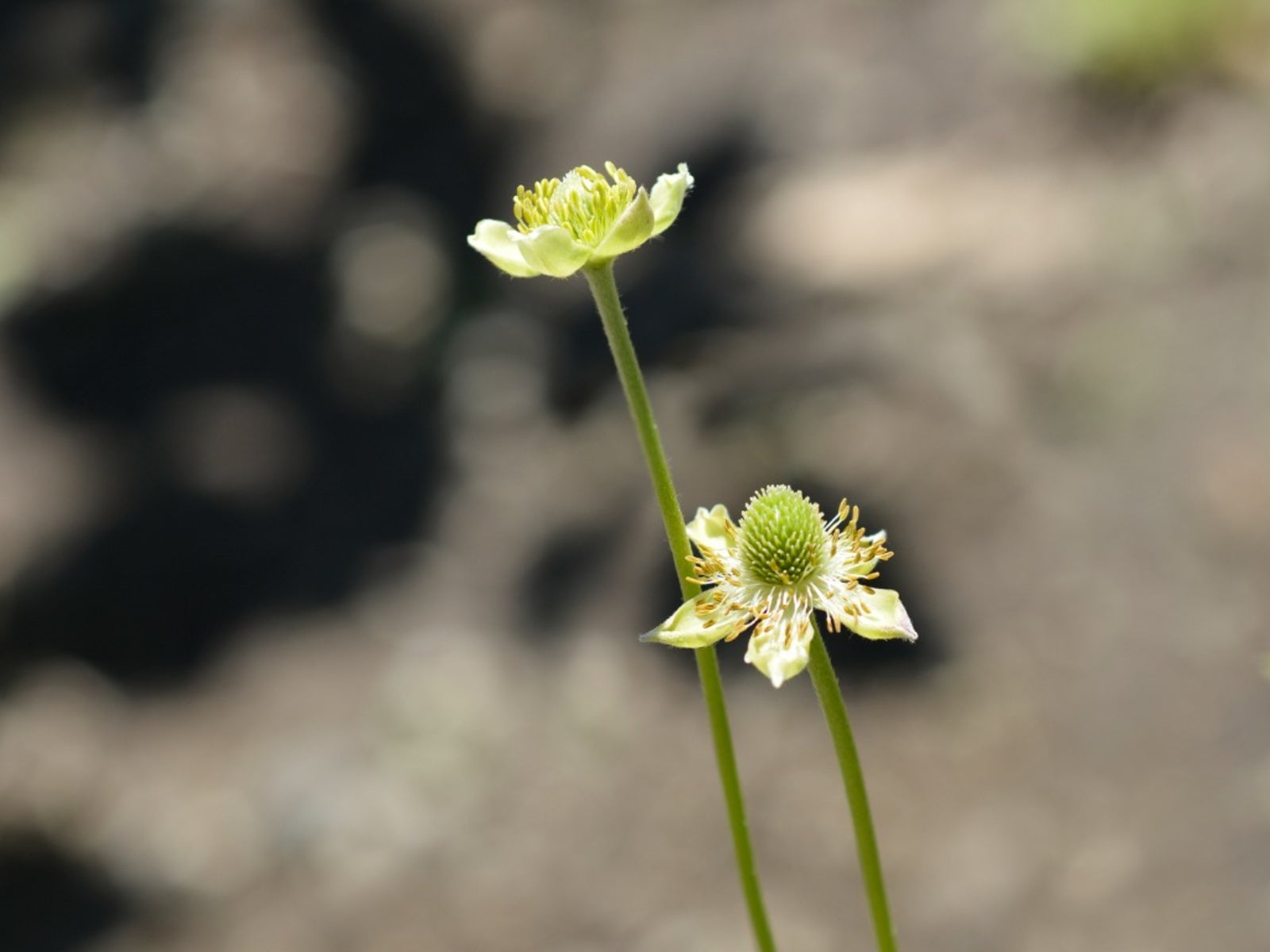 Thimbleweed Information: Growing Anemone Thimbleweed Plants
Thimbleweed Information: Growing Anemone Thimbleweed PlantsTall erect stems and deeply cut leaves topped with creamy white flowers describe tall thimbleweed. The fun thing about this plant is its long bloom season, from spring to early fall. Click here for some tips on how to grow thimbleweed and enjoy them in your garden.
By Bonnie L. Grant
-
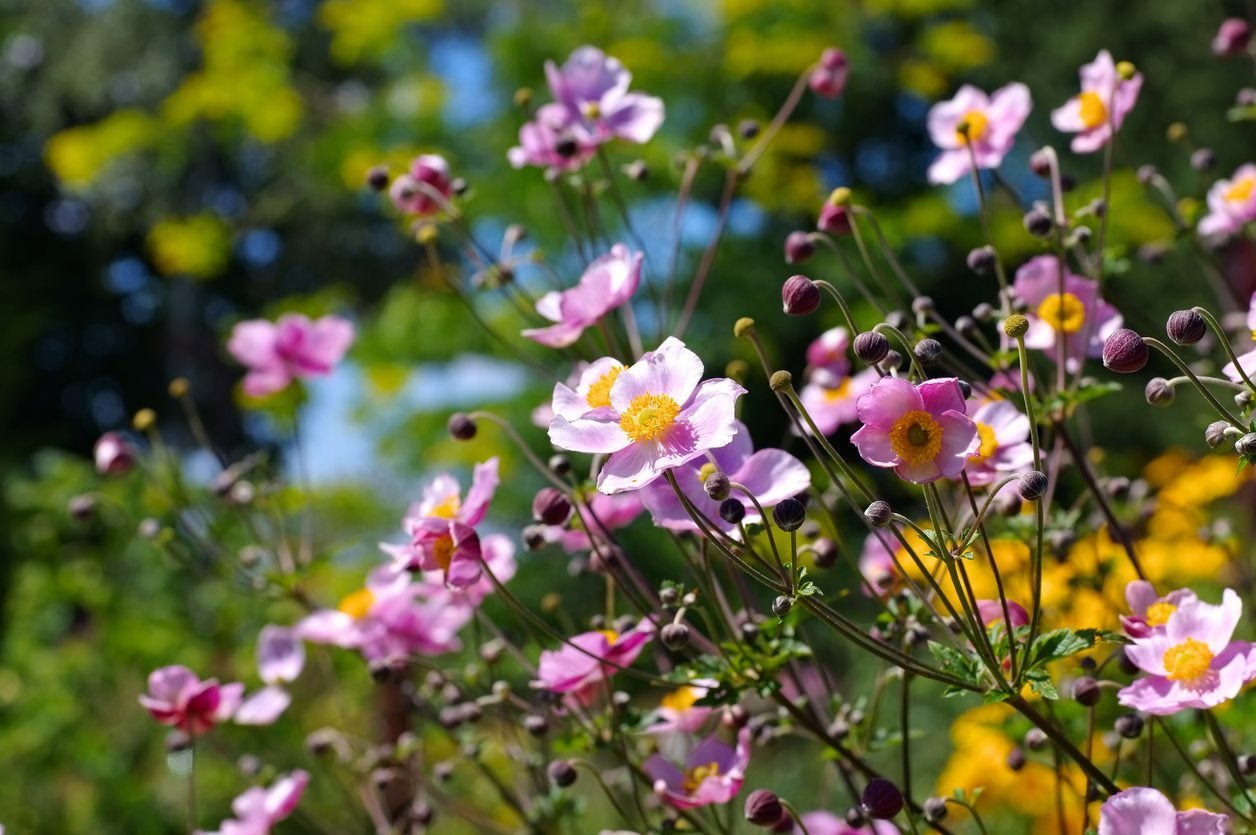 Japanese Anemone Care: Tips For Growing A Japanese Anemone Plant
Japanese Anemone Care: Tips For Growing A Japanese Anemone PlantJapanese anemone is a tall, stately perennial that produces glossy foliage and big, saucer-shaped flowers. They are a cinch to grow and adaptable to most growing conditions. Click the article that follows to learn more about growing a Japanese anemone in your garden.
By Mary H. Dyer
-
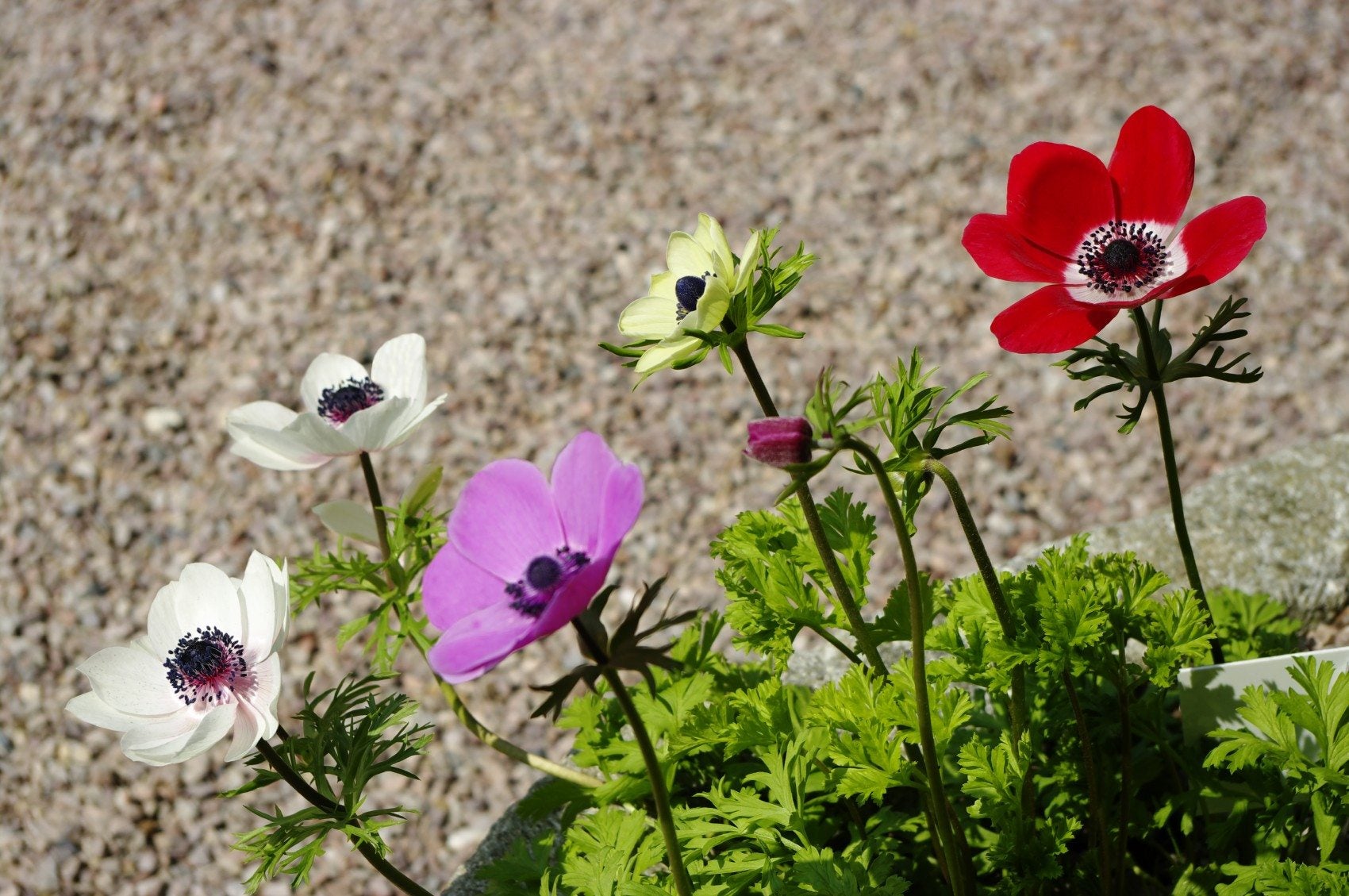 Anemone Varieties: Different Types Of Anemone Plants
Anemone Varieties: Different Types Of Anemone PlantsA member of the buttercup family, anemone, often known as windflower, is a diverse group of plants available in a range of sizes, forms, and colors. Click this article to learn more about tuberous and non-tuberous types of anemone plants.
By Mary H. Dyer
-
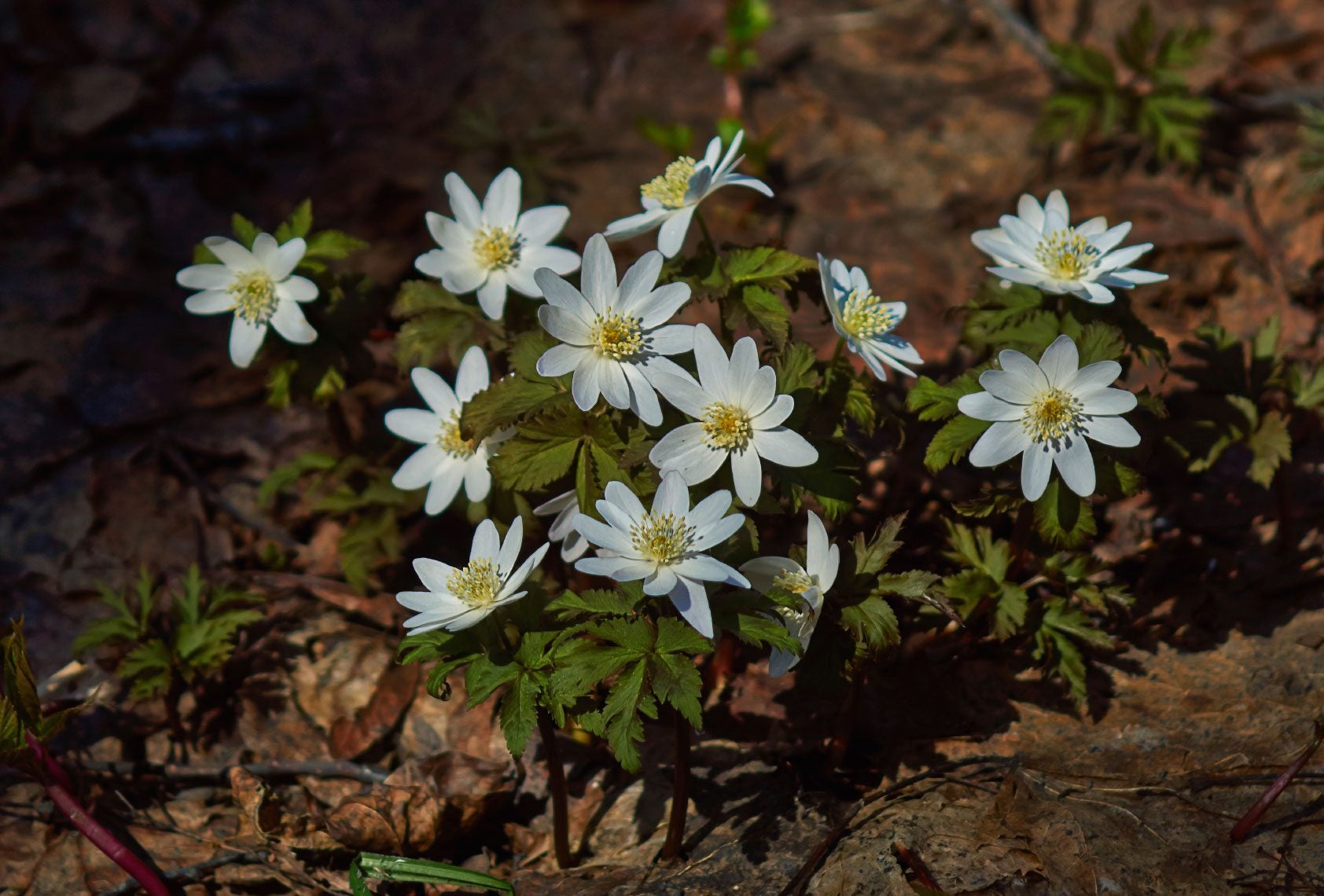 Growing Wood Anemone Plants: Wood Anemone Uses In The Garden
Growing Wood Anemone Plants: Wood Anemone Uses In The GardenAlso known as windflower, wood anemone plants are low-growing wildflowers that produce dainty, waxy blooms rising above attractive, bright green foliage in spring and summer. Find out how to grow wood anemone plants in this article.
By Mary H. Dyer
-
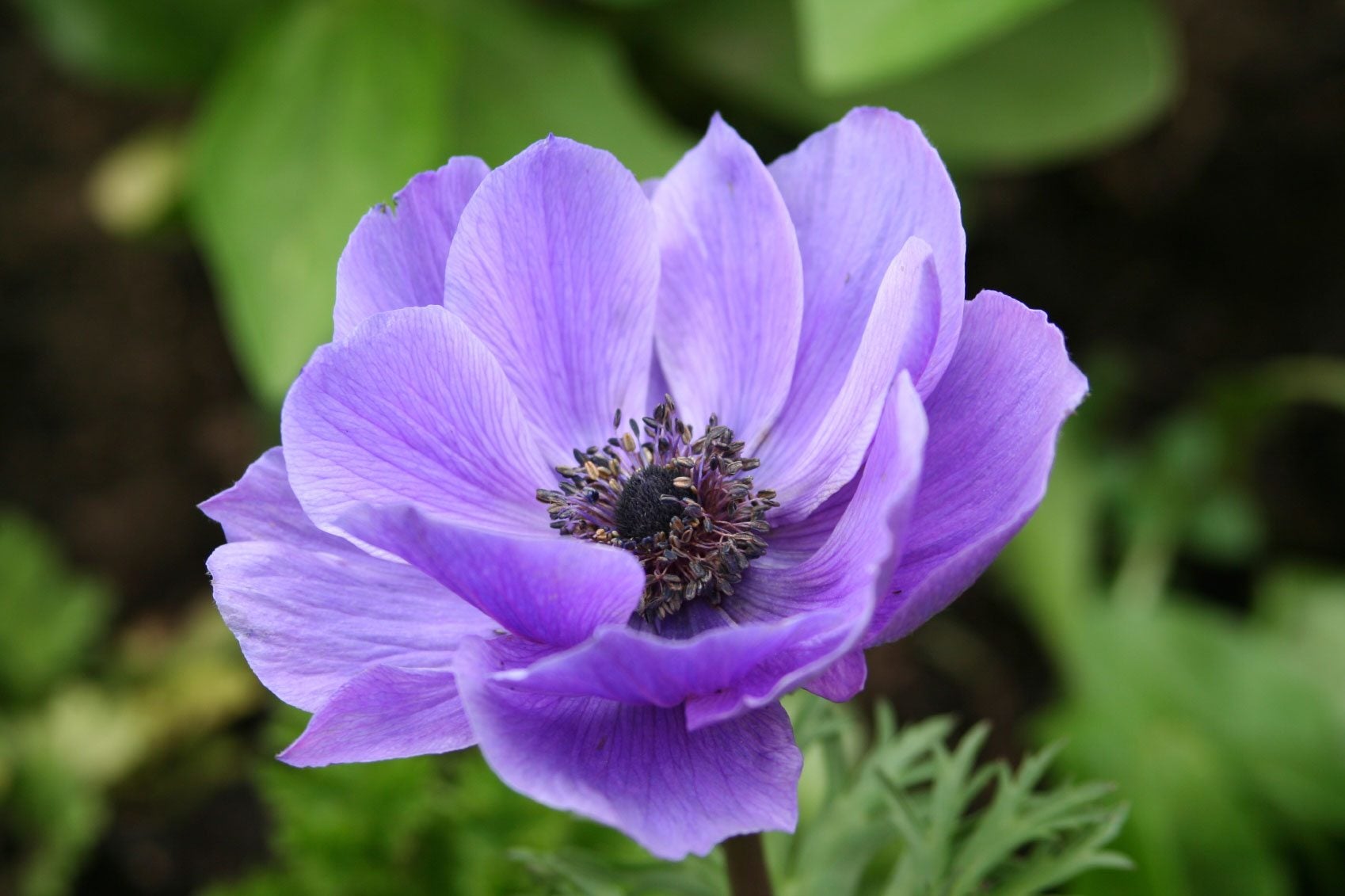 Information On Care Of Anemone Plants
Information On Care Of Anemone PlantsAnemone plants have low-clumping foliage and colorful blooms. Oftentimes referred to as windflowers, these carefree plants are commonly found dotting the landscapes of many home gardens. Click here for more.
By Nikki Tilley